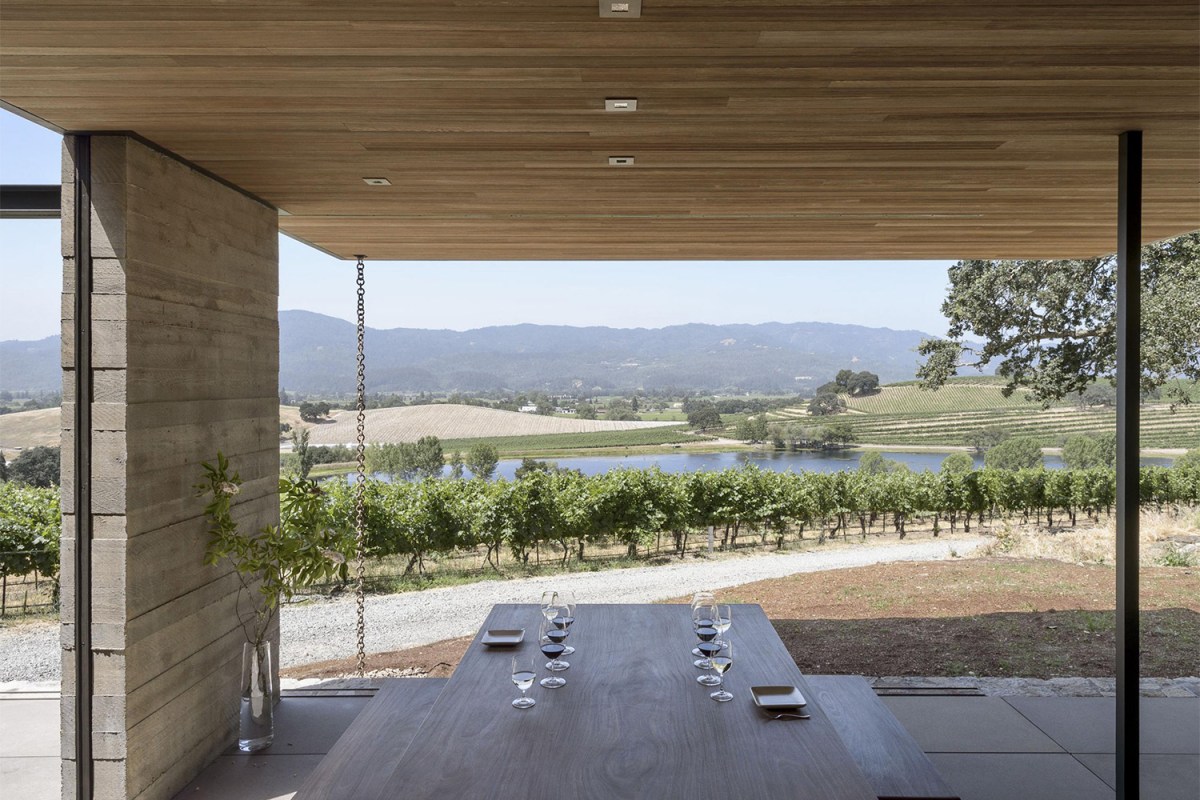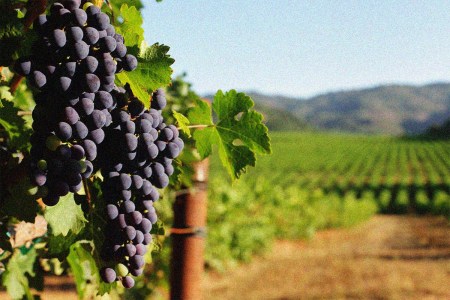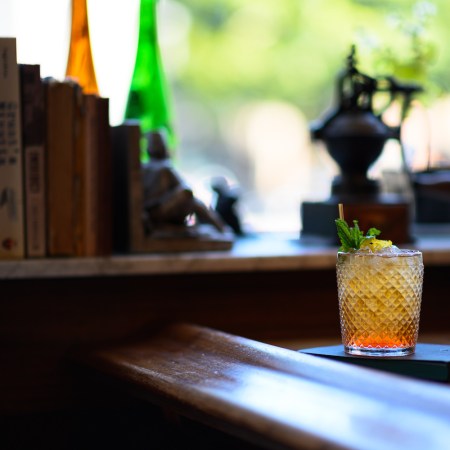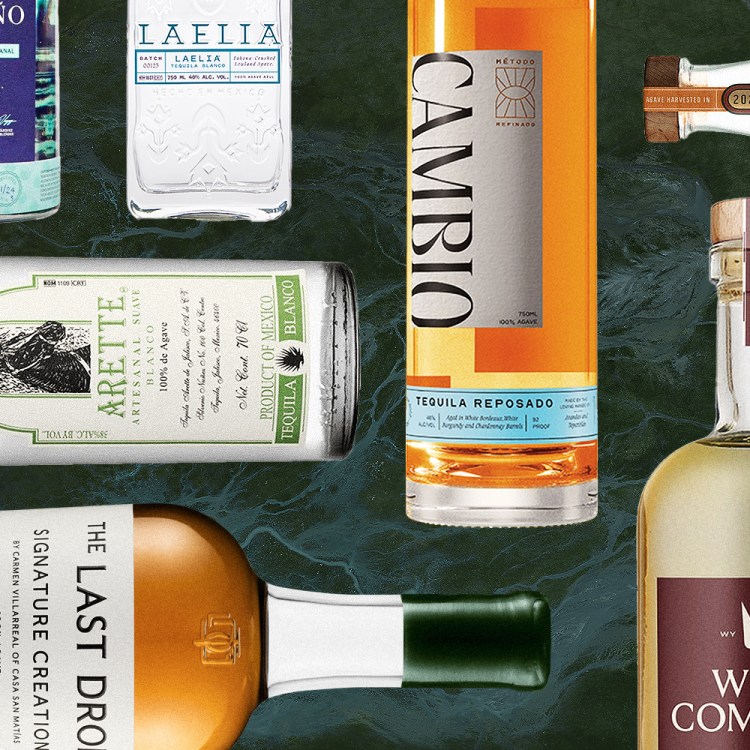Champagne makers are harvesting earlier and earlier. Bordeaux recently added six new varieties to a list of permissible grapes now numbering 20. In Chile, winemakers are planting up currently inhospitable areas of Patagonia, while Brits are planning for a future of making world-class not-Champagne.
Wine regions the world over are scrambling to improve on time-tested techniques, and Napa is no different. For Rodrigo Soto, general manager of Quintessa, “the easy harvest days are gone.”
“Nature,” he says, “is giving us a lot of things to think about.”
Of course, this awareness is nothing particularly new for Quintessa, which has long been a pioneer in sustainable and mindful winemaking for the region. Organic from the jump, the winery transitioned to biodynamic farming seven years after its founding, in 1996. With each ensuing year, it has sought to move ever-closer to its overarching goal: promoting the purest expression of its unique terroir, spread over five hillsides with different soil types and exposures. Whether conducting in-depth soil studies or experimenting with magnum aging, the winemakers at Quintessa are forever seeking to better understand the land they work.
Recently, however, Quintessa has moved past these methods to embrace a new avenue to reach its objective: architecture.
Most visibly, the winemaker installed state-of-the-art tasting pavilions in 2017. The three structures were designed by Walker Warner Architects and constructed using sustainable and local materials whenever possible: stones for retaining walls, ceilings sheathed in cypress logs reclaimed from river bottoms. Built with an eye towards preserving the existing mature oak trees, the pavilions seek, above all, to exist in harmony with the scenery, reducing the barriers between the vineyard itself and a visitor’s tasting experience.
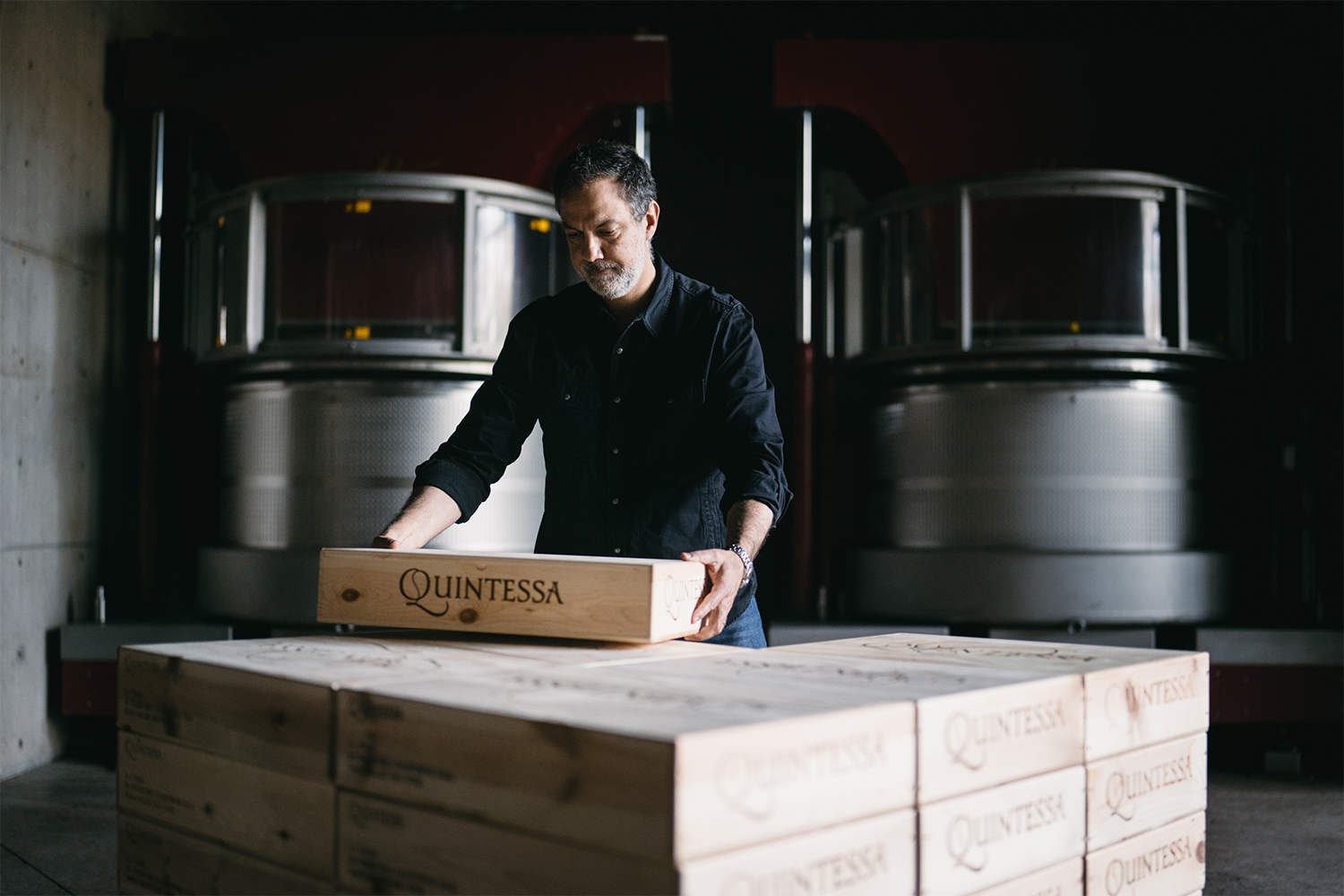
“The ultimate experience is to be able to taste as close to the vineyards as possible,” says Soto. By placing the pavilions in nature, where guests can take in the surroundings that are so essentially Napa, “it creates this sense of being in the property rather than being inside a building.”
But for him, the most important structural change the winery has made of late is hidden from view: customized concrete fermentation tanks, each of which is tailored to match the harvest lot sizes.The transition, he says, “was triggered by the need of making the right interpretation of the vineyard.”
“There’s a lot of intuition applied to this property based on experience,” he says, noting that intuition led winemakers to divide certain plots into smaller areas. “Those smaller sections were much more interesting to ferment separately than all together,” he adds. “Because they have different growing habits; they have different ripenesses.”
10 Sustainable Wineries to Add to Your Sonoma Itinerary
Where to sip and swirl responsibly in Northern California’s most eco-conscious wine regionThe new tanks, buried underground, are made of concrete, a natural thermal regulator, which Soto notes supports the rhythm of the native yeast fermentations so essential to the vineyard’s biodynamic approach.
“When you bring elements that are completely foreign, like stainless, for example — which we use! I’m not fully against stainless, or anything like that — but with time, you start realizing this is convenient, but it’s not necessarily the best material to follow up that process that I’m applying.”
It’s a proactive approach, one that lies, he says, in a biodynamic farmer’s hard-fought ability to “read the signals before they happen,” not to mention in a desire to work with, rather than counter to, nature. “For many years, farming was about fighting nature,” he says. “And we’re not going to win that one, clearly.”
“For many years, we have been in control, and today, it’s very clear to me that we’re not. So at the best, we can make a good interpretation and try to mitigate the effects of these changes.”
Every year of the past three has brought unique challenges. Going back to the source — to the roots of winemaking, to the land — is the only clear way forward he can see.
“Longevity for us is essential,” he adds. “And if we’re trying to promote aging with grace in a vineyard, we need to be sensitive to what it needs and what it wants. It’s not about us. It’s about the plants.”
Every Thursday, our resident experts see to it that you’re up to date on the latest from the world of drinks. Trend reports, bottle reviews, cocktail recipes and more. Sign up for THE SPILL now.
